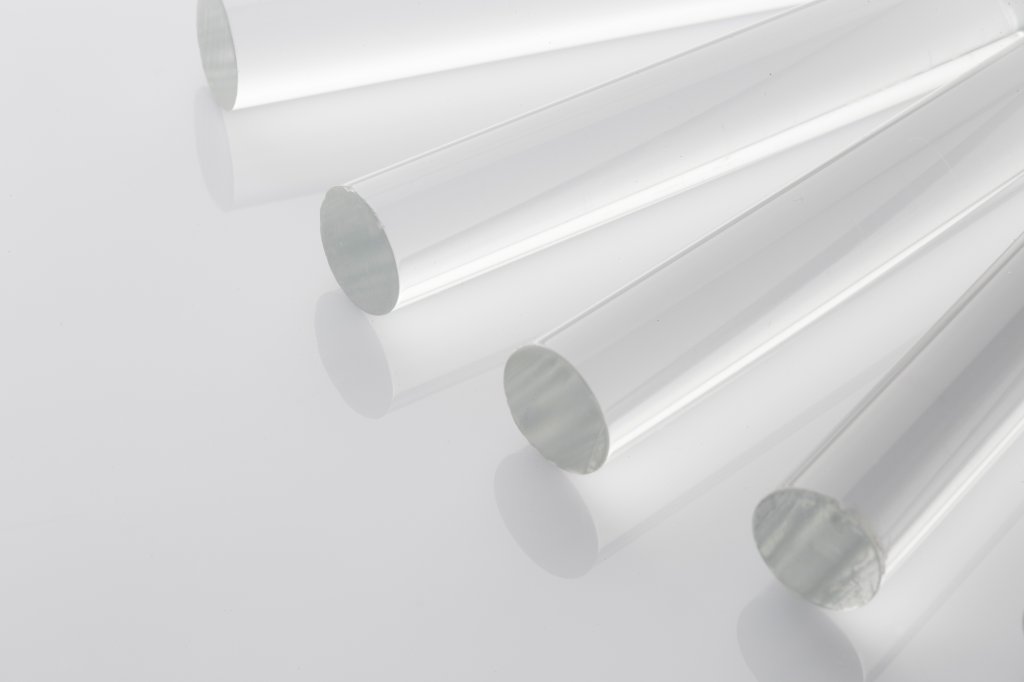Cast Vs. Extruded Acrylic Sheet
Acrylic is used in many industries, including signage and marine. In addition, unlike transportation, manufacturing, construction, pharmaceuticals, and food production, trade safety concerns are of glass and offer a wealth of benefits. Acrylic is about half the weight of glass, incredibly durable, resistant to impact and scratching, and easy to clean. Unlike glass, acrylic is much less likely to break and cause injury, making it perfect for safety concerns.
When shopping for acrylic, customers have two different types: cast and extruded. Each has its pros and cons, so it’s essential to understand the differences to select the best form of acrylic for your project.


An Expert is just around the corner.
With over 100 years of combined product knowledge and industry experience, we are confident our plastics experts can help you find a solution for your application.
Cast and Extruded Acrylic
Extruded and cast acrylic are created using two distinct procedures that provide comparable outcomes. Extruded acrylic is pushed through a machine that rolls it out like dough and shapes it into the desired thickness, texture, and color. Cast acrylic is formed by pouring a hot liquid compound into a mold and letting it cool.
Characteristics of Cast Acrylic
Cast acrylic is available in a wide range of thicknesses, allowing it to be used in various products. It has a high melting point, holds its shape well after forming, and is highly resistant to breaks. Cast acrylic also has superior scratch and chemical resistance. It can be cut into any shape and is ideal for projects that require excellent durability.
Cast acrylic responds well to laser engraving for signage, art, costume jewelry, and other ornamental uses, providing a frosty appearance with a smooth polished edge that won’t bend or chip when cut.
Unfortunately, cast acrylic is more labor-intensive to produce and can cost more than extruded acrylic. The higher price could be an issue for all of the benefits cast acrylic offers.
Characteristics of Extruded Acrylic
Because extruded acrylic is produced through rollers, it tends only to come in thinner sheets than cast acrylic. It also has a lower melting point, making it more pliable and softer—ideal for thermoforming and bending. It is less scratch resistant and not as suitable for laser engraving, but it is a good material for large projects with uniform uses. Extruded acrylic handles straight cuts well but can crack with more oblique cuts. It’s also slightly less resistant to chemicals which can limit some of its uses.
In its favor, the manufacturing process for extruded acrylic is much less expensive than cast acrylic, making it more cost-effective for large-scale projects.
In Summary
Cast acrylic is more adaptable for projects with high durability, thickness, and resistance to impact, scratches, and chemicals. In addition, extruded acrylic can be easily shaped and has a good tolerance for heat and bending.
Both types of acrylic come in many color and texture choices and are UV-resistant by nature. In addition, when used outdoors, acrylic will only degrade by as little as 3% over ten years.
Working With Acrylic
Acrylic comes in a wide variety of colors and levels of transparency. This gives it a high level of flexibility in design and use. Acrylic can also be directly painted with minimal preparation and glass or enamel paints.
With the right industrial adhesive, acrylic can be glued together to form strong bonds that can, in many cases, be stronger than the actual acrylic itself. The grade of adhesive to use will depend on the type of acrylic, the required working time, the desired cure time, and the anticipated use of the final product. The experts at Piedmont Plastics can help you determine which adhesives will best serve your project.
Most acrylic sheet can be easily cut with simple tools. Thinner sheets can be cut with a utility knife and a stable surface. Thicker pieces are cut with jigsaws, table saws, and circular saws using blades designed specifically for acrylic. Acrylic point drill bits can also drill through acrylic without damaging the rest of the piece. Cutting can be done on a small scale by hand or automated for industrial manufacturing processes.
Purchasing Cast and Extruded Acrylic
At Piedmont Plastics, we specialize in transparent materials like acrylic and similar products. Our team of passionate plastics specialists is standing ready to offer answers to any manufacturing need.
For over 50 years, Piedmont Plastics has served industries including aerospace, petrochemical, food production and packaging, marine, industrial, vehicle manufacture, signs, graphics, medical, and more.
Learn More
With numerous distribution centers throughout North America, Piedmont Plastics is perfectly positioned to help with any production solution. Contact us today for more information!
Get In Touch

